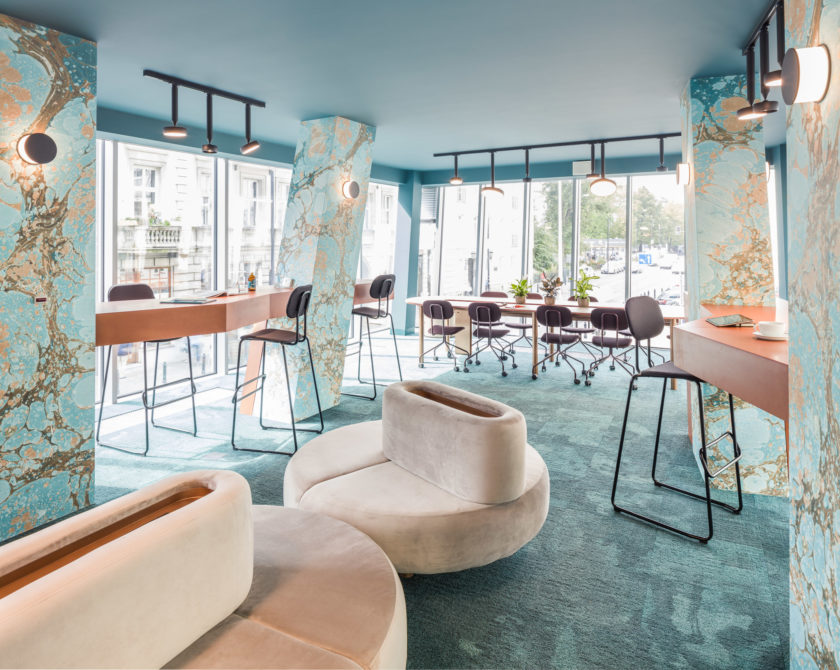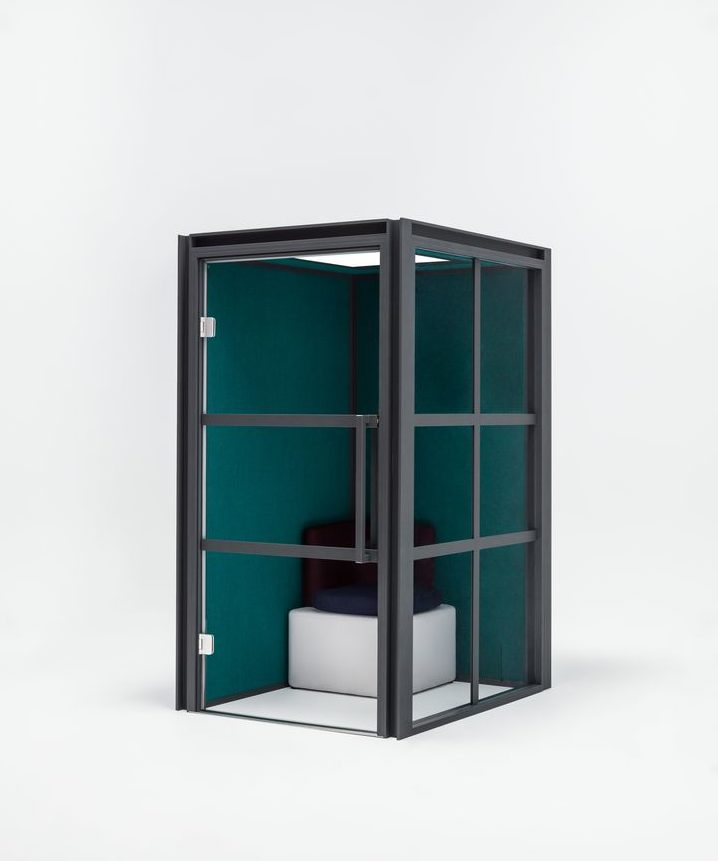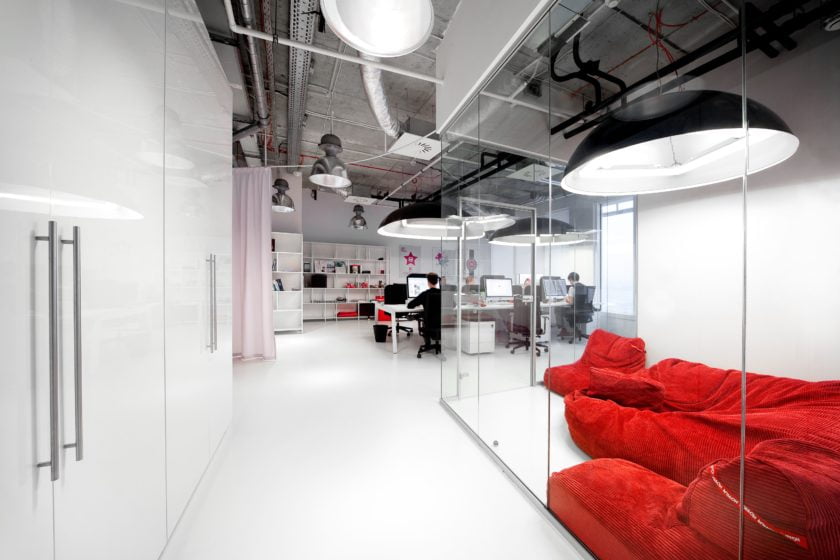Nowadays, it is becoming more challenging for employers to find talented, dedicated specialists who are willing to stay with the company long-term; this fact is confirmed by research centres and recruiters. Therefore, employer branding is not just a company novelty anymore but lately it becomes a necessity.
Talent wanted
One of the first signals of the change was Accenture report 2016 that listed the experience and the best employer ranking. 60% of those surveyed pointed out the already mentioned difficulties as the biggest problem.
Employer Branding 2018 report prepared by HRM Institute shows that 44% of employers find talent deficit the greatest disadvantage, 39%- difficulty in reaching candidates with the right experience and 24% points out the difficulty of finding a dedicated employee a serious problem. Those people have usually full-time employment, therefore, it is up to the firms to get to them, not the other way around. The employee market inevitably changes into t talent market.
HRM Institute evaluates the situation as moderately optimistic: 18% respondents claim, that it already implements the employer branding project, 35% have prepared the strategy but need to complete and refine it. The onboarding programme (76%), Employee recommendation system (70%) and exit interviews (interviews with leaving employees, 60%) are pointed out as most frequently used when head hunting. Career tab on website (86%) and a LinkedIn profile (75%) are widely used and effective, however, from the point of modern employer branding- too restricted.
“Generation Z”
Lately, a group named “Generation Z” have started appearing on the labour market. It’s a group of people born after 1996 (some source recognise 2000 as the cut-off point), that have always been accompanied by technology. Managerial posts are taken by “millennials” who, according to recruiter, have already gone through one revolution; those generations will the employers be focusing on and they will be determining the speed and direction of changes.
Deloitte focuses on the disappointment of the two groups in his Millennial Survey 2018 report. Perks and benefits like sport packages and “fruit Mondays” that are presented in job offers are far from unique and are not the answer to realistic expectations. Template expressions like “dynamic work place” do not bring anything. What is important to “millennials” is: salary (63%), organisational culture (52%) and employment flexibility (50%). The Z Generation places less emphasis on financial reasons (51%) and more on organisation culture (57%). Work flexibility is also important (44%)
It is worth taking these priorities into consideration when planning employer branding strategy and a credible synchronization with firm realities.
According to the truth
Employers’ brand, just like every other brand is a promise. The biggest danger lies in the discrepancy between the suggested and the actual values and experiences of employees. Even if their everyday lives do not affect the external image of the company, their mental attitude do impact productivity and work satisfaction. A larger scale scandals shed a negative light on the company’s PR and cause slower growth. Four yearlong research by Ernst&Young shows the relationship between the employer’s brand and economic profit. Reliable employer branding reduces HR expenditures by 50% due to a lower cost of employee rotation, advertising and recruitment. What more, it doubles the number of CV’s received.
Representatives of the Z Generation act quick and decisively. It will be difficult to keep them in the company if the employer does not provide them with flexible and varied work environment promised in the recruitment process. Work space cannot be restricted to open space and classic conference room. David Goleman believes, that the weakest side to the Z Generation is their emotional intelligence. Limiting the interpersonal relation to technology results in deficit of neurological connections responsible for relations. That is yet another reason why we need to take care of building human relationships in order to have a good team.

When designing work space I always try to gather as much information as possible about the company, its activity, strategy and direction of development. The target group is important. The character of the office mainly depends on the specificity of work and individual approach to various needs. Meeting those needs seems to be the hardest part of the whole process- Monika Gutmajer-Żmija, an MDD architect explains.
People’s personalities go beyond standard division of introverts and extroverts. Classic extroverts need to constantly express themselves, always be challenged. However, there are people who like to be tested but prefer to work in silence. Quiet zone is an ideal place for an introvert, who does not need stimuli. It becomes a misunderstanding though, if employees have too much energy.

Do creating comfortable working conditions to staff involve having large office spaces with various zones? Not necessarily. Lately, chillout areas, relax zones and open canteens became more popular among clients. Many firms freshen up their old offices and transform parts of the space into previously mentioned zones. It is worth looking at the solution if the budget is tight or there is no chance for office reconstruction. Will that solve all the problems? Not all employees want to spend their time on loud games and chats. Some people need to relax and even take a nap. Quiet zone will work better for those. It is important that space meet the needs of all users. You can achieve the result by solutions available on the market, like modesty panels, quiet or creative rooms and acoustic booths.


Realising the needs of employees is a key in searching for the perfect solution. It is a job of a leader to balance the needs of introverts and extroverts, to create a sense of cooperation and belonging. The effect is achieved by properly shaping individual spaces.
Comments